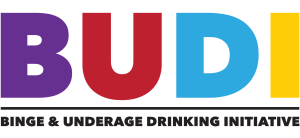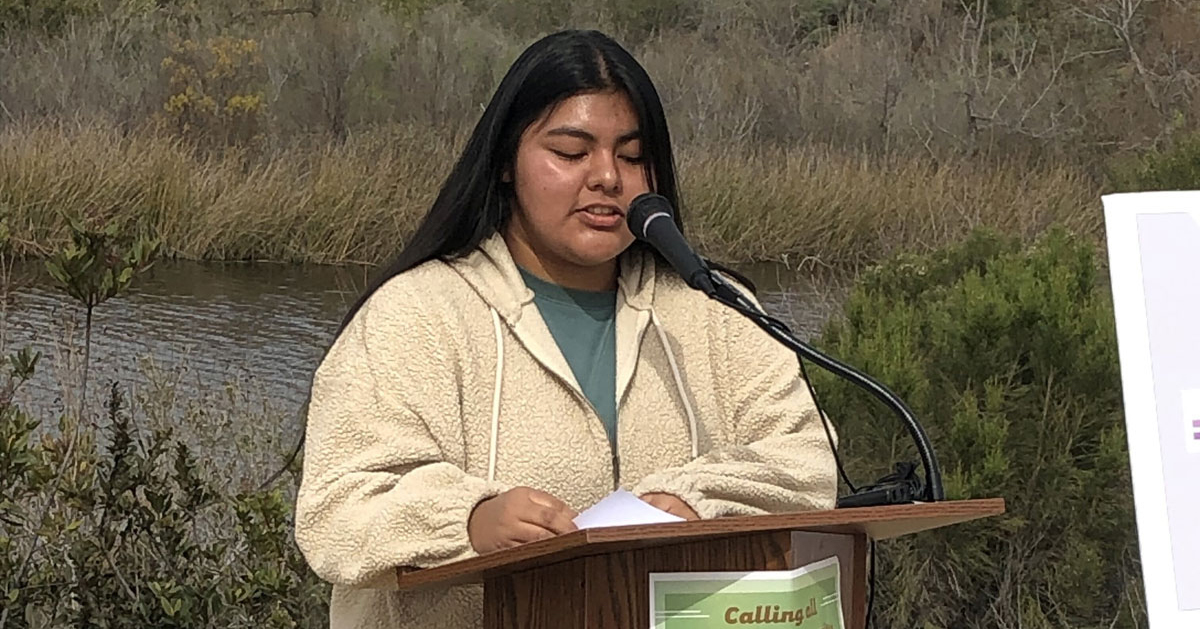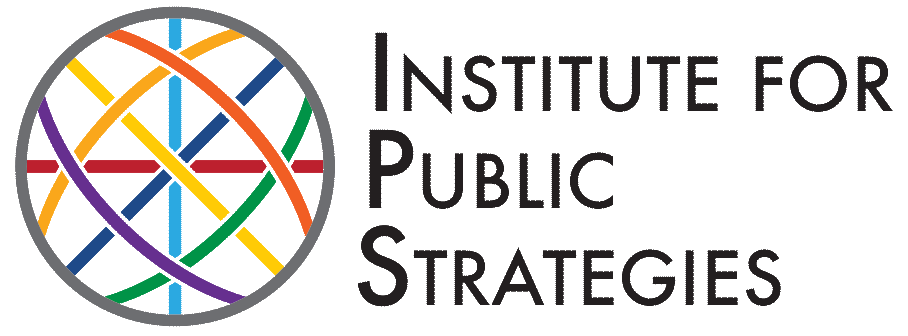The Binge and Underage Drinking Initiative held a press conference at the Otay Valley Regional Park Ranger Station on Feb. 17 to discuss the importance of youth advocacy in shaping the future of communities and public space.
Discussion was ensuring neighborhoods have access to positive healthy option such as safe parks, reducing alcohol availability associated with violence, blight, and crime. BUDI is facilitated by the Institute of Public Strategies.
Speaking to the community about BUDI, Brenda Lopez is a National City resident and attends San Diego Mesa College, majoring in computer engineering. She has experience volunteering and working with other youths in outdoor spaces and community gardens. Lopez said she learned about BUDI when she began volunteering at Olivewood Gardens and Learning Center in middle school. She said she learned that she has a voice when it comes to problems that her community faces.
“I think many people overlook that,” she said. “Some people do not know that they can change, and it is really cool to see how the little things we do unfold and affects the community. Personally, I am sometimes concerned for my friends, and I do not want any of my loved ones to be in any situation where they are abusing a substance. Fortunately, I have not had to use any of the things I have learned from here, but I hope if I do encounter that situation, I am prepared.”
Lopez said behind the media event and BUDI is an underlying message that affects South Bay and all of San Diego County.
“From a more personal side, Otay Regional Valley Park has been having many issues with safety, and I hope that we get more traction from the community who want to invest in OVRP. To make it a safer and healthier space for them to enjoy and be a part of. It is a continued effort to try and make it a safer space for the community.”
IPS Vice President of Programs Eric Collins said IPS is a nonprofit community based organization, now in its 31st year. He said it gets funding from the Substance Abuse and Mental Health Services Administration, and IPS has a contract with BUDI San Diego County. He said money comes from the federal government, passes through the Department of Behavioral Health at the state level, then through the county’s Department of Behavioral Health,“It is really as it sounds,” he said. “It is strategy to reduce binge and underaged drinking in our communities. We work throughout the county with other prevention partners who are funded by the county, and other youth groups to reduce binge and underaged youth drinking.”
Collins said it takes a larger community based approach as they find that issues with binge drinking, illegal drug use tend to impact communities negatively, so much of its work is in revitalizing communities to prevent drug and alcohol related harm.
BUDI Media Advocacy Specialist Michael Pesavento said that the Otay Valley Regional Park crosses over two communities in South Bay. Chula Vista and San Ysidro.
“Those are both communities that we have found at BUDI that have many alcohol outlets, places to get drinks,” he said. “They also have communities that have some issues with litter, refuse, DUIs, things like that, which are all related to alcohol harm. We are trying to push forward the idea that the more places that we have community spaces that are available to use and open to the public and free of alcohol related harms, the more likely we are to reduce those things in our communities, give people alternatives to substance abuse, and give them an opportunity to have some pride in where they live.”
Pesavento said ORVP has that potential.
Collins said IPS has a long track record of working in communities.
“We have a long history of working with youth in South Bay and in East County to look at spaces they would normally frequent, like parks, playgrounds…and helping reclaim those parks,” he said. “Especially those parks that might have misuse with alcohol and drug related crime. What has happened in the past is youth and community members have gotten together and done community cleanups, cleaning up syringes, pocket shot bottles, cannabis dispensers, anything we call drug and alcohol related refuse that youth, parents, or other community partners may complain about. That the park is kind of going downhill. Youth can come in and do community cleanups, community murals, things of that nature, and reclaim the park and bring the park back.”
Collins said it uses assessment data to determine conditions of parks, then engage the youth and the community to figure out ways to reclaim the park.
Iridian Vazquez is an IPS Community and Youth Coordinator on IPS’s Partnership 4 Success and South Bay region initiatives forges relationships with community youth leaders and advocates to create projects that promote healthy living and positive change. She said South Bay for Change is the youth coalition that exists in the South Bay region, one of many coalitions in the South Bay, that works alongside Partnership 4 Success which tries to provide youth in South Bay, and one of the main goals for South Bay for Change is to prevent underaged drinking and drug use in the community.
“It can go between community service activities, mural paintings, events that bring communities together,” she said. “When we bring that support to the community and youth, we want to create that atmosphere where youth are able to get their voice heard and participate in changing their own community, empower their own voices, and empower their own community.”
Vasquez said youth come to the coalitions through outreach strategies by approaching high schools and colleges, creating a network between counselors, teachers, and staff at the schools.
“It has been constant outreaching to the schools, the community, youth spaces, visiting club activities, and other youth led organizations,’ she said. “Through those connections we invite the youth to join the youth coalition and the great opportunities that we offer. We want to invest in our communities. We want them to be healthy and safe.”


